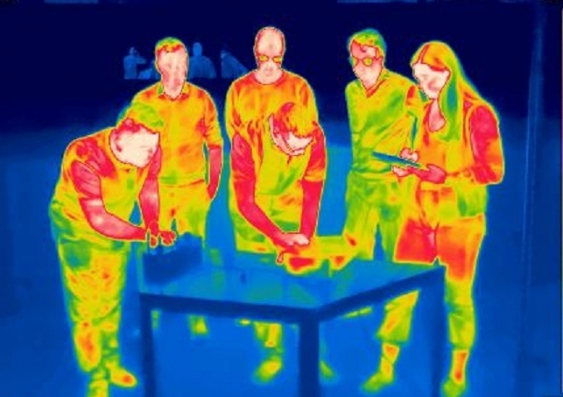Search by topic:

The contrast between day and night, hot and cold, light and dark - all provide potential opportunities to create energy. Researchers from the University of New South Wales (UNSW) have found one more way to use those contrasts, a process which was apparently only theoretical until recently. They have found a way to use 'night-time solar' (infrared light) to produce small amounts of electricity by using a semiconductor device called a thermoradiative diode (TRD), which is composed of materials commonly found in night-vision goggles.
'Night-time solar' technology can now deliver power in the dark.